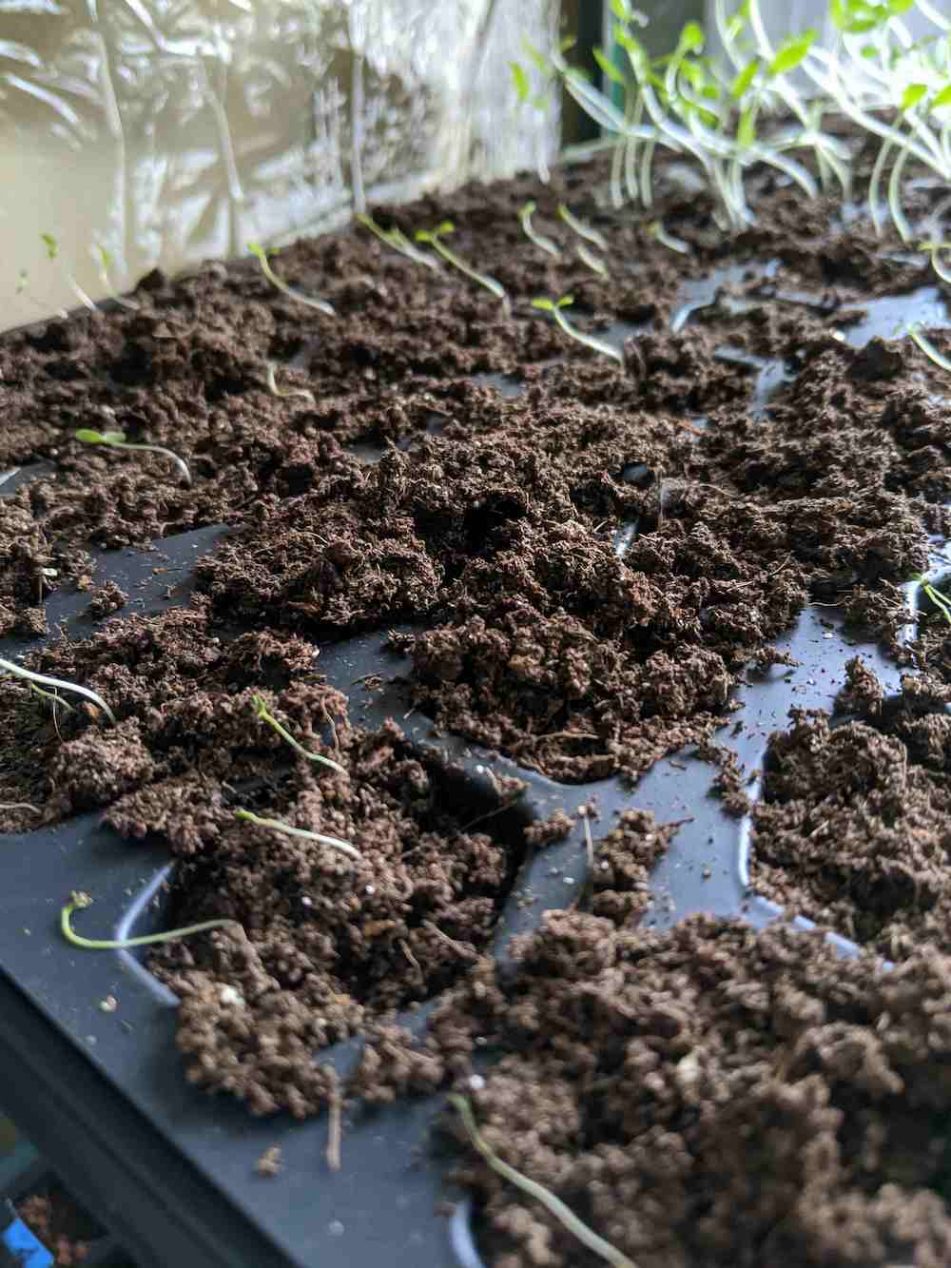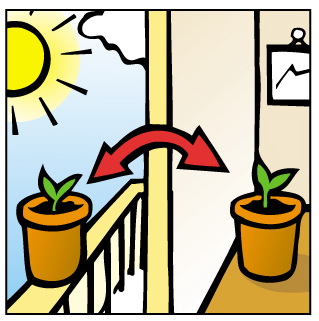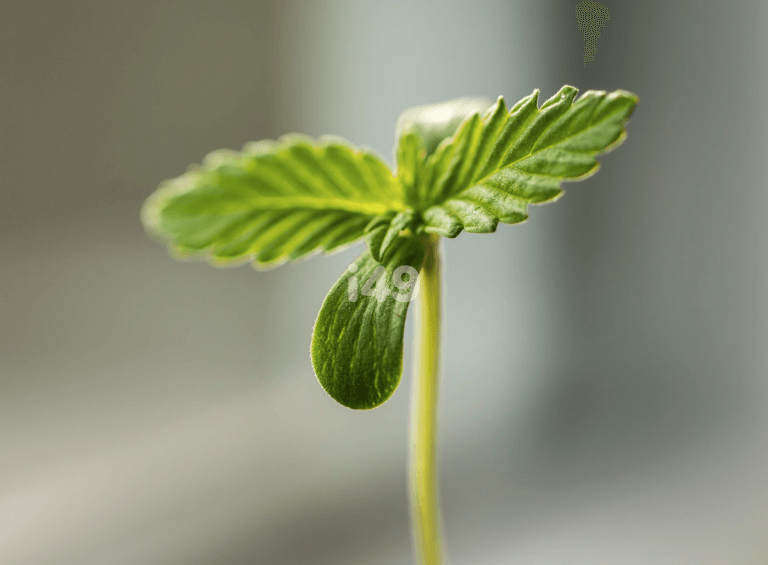
Chilly, wetĬonditions also favor the development of fungal diseases, a very common cause Germinating, the seedlings are more vulnerable to disease. If the temperatures fluctuate greatly while the seeds are
#Radish seedlings falling over how to
How to save seedlings? It starts with light, sterile soil. Garden, it may contain these diseases that will ultimately hurt your seedlings. The most common seedlings problems relate to soil-borneĭiseases that attack the young, vulnerable plants. These same factors impact the health of the seedlings. These include the growing medium, the temperature, moisture, sunlight, and air circulation. Many factors are required for the successful germination of seeds. Often, seedling issues involve improper cultural care of the seed and/or seedling. To start protecting seedlings, you need an understanding of common seedling problems and their causes. But first, you need to understand the conditions a seed needs to germinate and what a seedling needs to thrive.

You may also be interested in learning about methods for protecting seedlings.

This happens to most gardeners on occasion, and it’s always a Soil and nurturing it until it germinates, it is wrenching when the little When you go to the effort of placing a little seed in the Why did my seedling die, you ask? Read on for information on common seedling problems and tips on how to save seedlings. But seedling issues can cause those new, little shoots to die. Cool (32 degrees -40 degrees F), moist (95% RH) conditions 1 to 2 weeks.One of the biggest thrills of gardening is watching the seeds you plant turn into little seedlings a week or so later. The foliage and seedpods are edible especially the 'Rat-Tailed' cultivar). Cut the taproot and stem from the radish.Harvest spring radishes when they are about one inch in diameter, depending on the cultivar, and before they crack, become pithy, or too hot.Radishes will push out of the ground as they grow and mature.Watering - keep evenly moist but not wet.The radishes are harvested before their companion crop reaches a mature size. The radishes will spring up in a few days, defining each row. Simply sprinkle a pinch of radish seed in the row with these other crops as you plant. Radishes germinate and grow very quickly and are sometimes used to mark the rows of slower germinating crops, such as carrots, beets, lettuce, and kohlrabi. Plant in fertile, loose soil with good drainage.Storage roots (“the radish”) become spicy hot and woody when over-mature or when grown in hot weather. There are several types of radishes- small spring, Asian daikon, and winter storage cultivars.Refer to Fertilizing Vegetables for details. Fertilizer needs: Low. Avoid excess nitrogen to prevent excessive top growth at the expense of roots.

When they germinate, thin the seedlings so that the remaining plants are 2 to 4 inches apart depending on the type. Gently cover seeds with a very thin layer of soil. Spacing: Plant seeds 1 - 2 inches apart in-rows and ¼ - ½ inch deep, or equidistantly in wide rows or beds, depending on the variety.

Can also be planted in the fall. Plant a small number of seeds every five days for several plantings to have a steady supply of radishes, rather than one large harvest. Full sun requires direct light at least 6 hours/day prefers 8 - 10 hours/day. Storage roots become spicy hot and woody with rising temperatures.


 0 kommentar(er)
0 kommentar(er)
